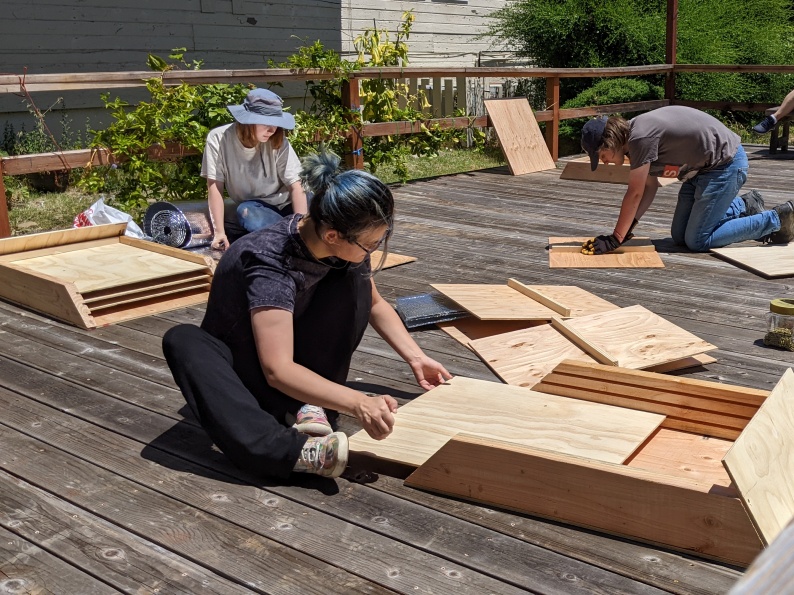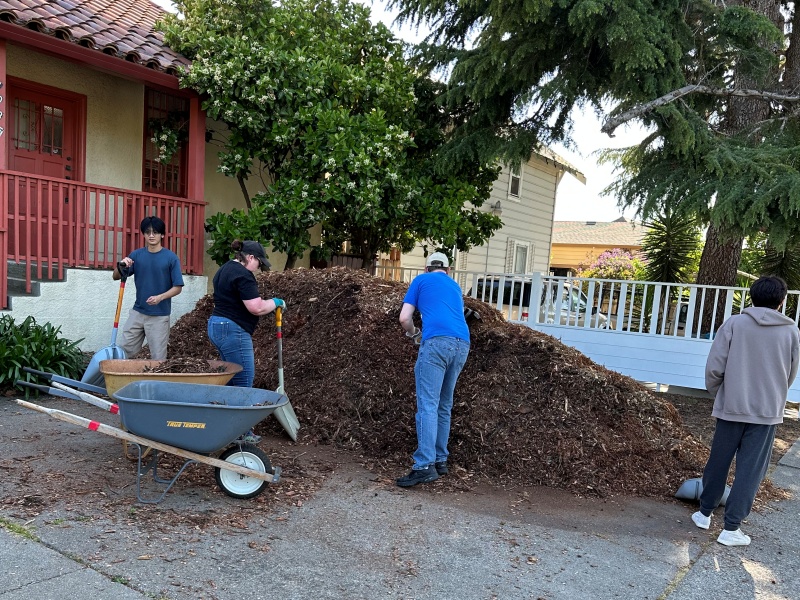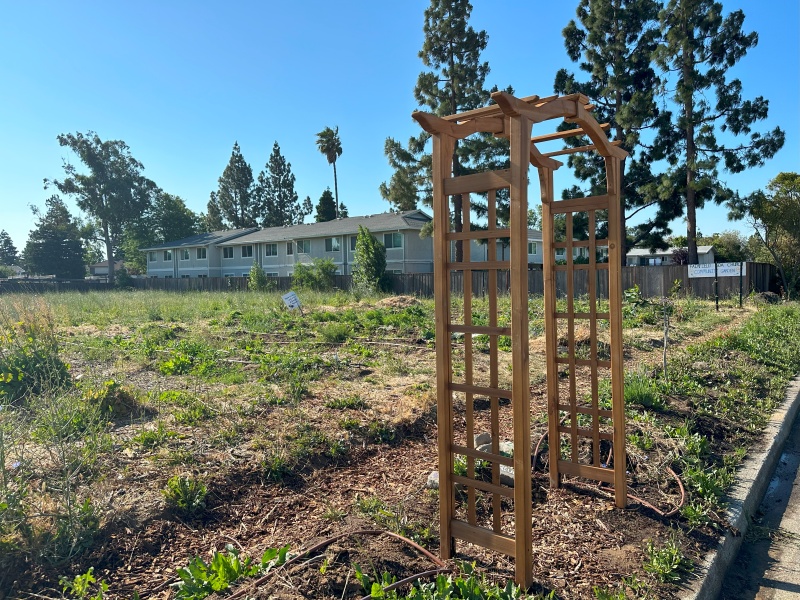Gift of the Generations
We introduced Alana and her This Wonderful World project when she attended the Pollinator Pathway garden installation and created a series of three songs from that experience. Since then, she’s done a series of songs about the installation of Peace of Eden community garden at City Church Fairfield, and a series inspired by the Vallejo People’s Garden. This is her reflection and the last song in her spring series — it highlights community gardens through SuSol’s Solano Gardens program. We appreciate reposting it here with her permission.
I’ve never felt like I had much of a green thumb. Though I’ve always known that growing a garden is a staple of sustainable living, I never really felt capable. Growing up, we didn’t have a garden. Other than the tomatoes that my grandpa grew, or my great-grandma’s home-dried oregano, I just thought food came from the store.
It wasn’t until I found Sustainable Solano that things began changing. I remember the first time I went to one of their community events — such diversity! All ages, shapes, colors and sizes were represented. There were people who seemed super experienced in the garden, and then there were folks (like me) who found the courage to show up as amateurs.
No one embarrassed us. No one rolled their eyes. Tips were shared with kindness and patience. I felt embraced and appreciated just for showing up. There seemed to be a shared understanding: we’ve all grown up in a culture that’s been disconnected from the source, and we’re all still finding our way home.
Before the rise of industrial agriculture, participating in the cultivation of food has been a human staple. But my great-grandma’s generation tended not to pass it on. Why would she? The Great Depression was hard and the supermarkets were miraculous. All it took was one generation for that long line of ancestral wisdom to disappear.
Fortunately, it wasn’t lost completely, which is evident in the fact that there’s enormous efforts being put forth to help reestablish our most basic connection with Earth: food. For non-home owners (like me — and 44% of California), just having a place to practice gardening is a gift. But when you add education and community to that, the roots really start to grow back. Recently the Surgeon General, Vivek Murthy, declared loneliness an epidemic where 60% of us feel a desperate hunger for belonging. His solution: social connection.
The garden not only offers a place to connect, but a way to connect. Metaphors of the earth remind us of our shared human condition where we all know what it’s like to be vulnerable when we sprout and withered when we’re spent. We all know the frustration from pesky weeds and the exhilaration of fruit that’s sweetening. The garden gives us language to connect in where we all belong, through the seasons, in the bird song. Here we are reminded that it’s OK to need each other. Witnessing the bees pollinating, the fungi decomposing, the compost nourishing, we are reassured that everything needs each other, and everything has something to give. We are reminded of the abundance that comes when we work together — how precious the fruit is when our love has nurtured it.
It may sound a bit woo-woo, but it’s true: there’s a vibration that’s inherent. As one of the program managers for Solano Gardens, Jazzmin Ballou, confidently confirmed: “all I need to do is touch the Earth to tune in, and quiet my mind, to give me a glorious sense of sacred belonging.”
It’s truly a gift. As someone who has struggled with my fair share of loneliness, I hardly recognize myself after spending these last few months in community gardening. As much as self-help strategies have served me, there’s been no greater cure than serving. Of course I’m still learning a lot, but I’m not as embarrassed about it anymore. The confidence and connection that comes from growing together has sent ripples through my whole life. It’s an overflow that’s yearning to be shared, a gift begging to be given, a joy to pass on (as our ancestors did not so long ago) to a world that, every day, is rediscovering our beauty.
Thank you for reminding me.
This Wonderful World is the latest production from Alana’s greater work, called The Living Mirror Project, a creative practice that generates peace by seeing ourselves in everything.
Learn more about This Wonderful World here
Watch the whole series here
Sign up for Alana’s newsletter here
Contact Alana at thelivingmirrorproject@gmail.com if there are any service events that you think should be celebrated in this series, or for more info on booking a live musical show.

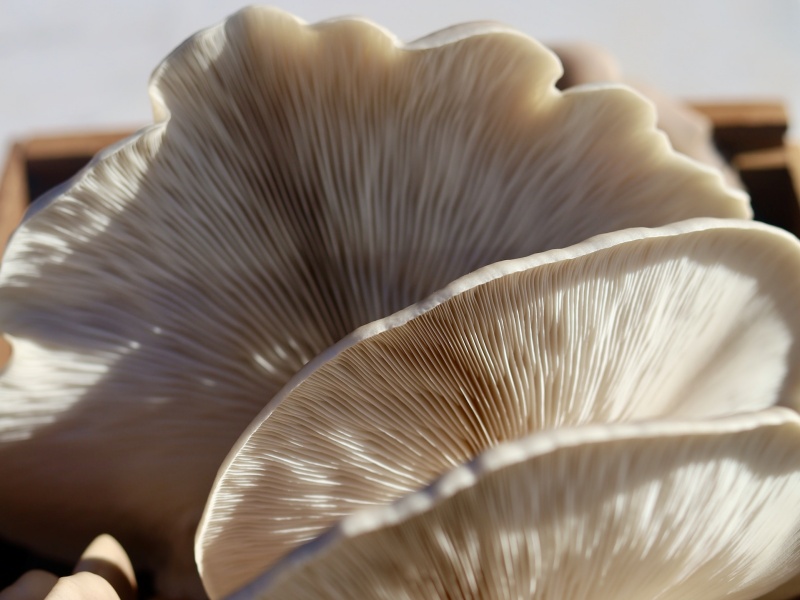
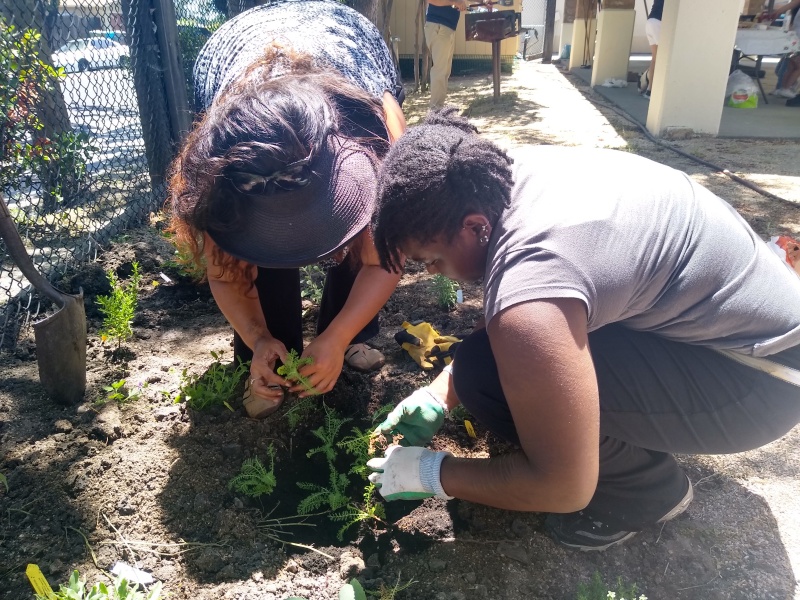
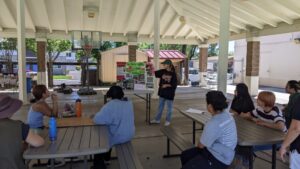 Each student then delivered public presentations at various locations around Vacaville, including the Rocky Hill Trail, the Town Square library, and an Earth Day event in Andrews Park. The culmination of their efforts was the installation of a much-anticipated pollinator garden at the Vacaville Boys and Girls Club, where the students also presented their research findings. Situated right in the heart of the Markham neighborhood, the local community had been seeking a native pollinator garden since 2018.
Each student then delivered public presentations at various locations around Vacaville, including the Rocky Hill Trail, the Town Square library, and an Earth Day event in Andrews Park. The culmination of their efforts was the installation of a much-anticipated pollinator garden at the Vacaville Boys and Girls Club, where the students also presented their research findings. Situated right in the heart of the Markham neighborhood, the local community had been seeking a native pollinator garden since 2018.